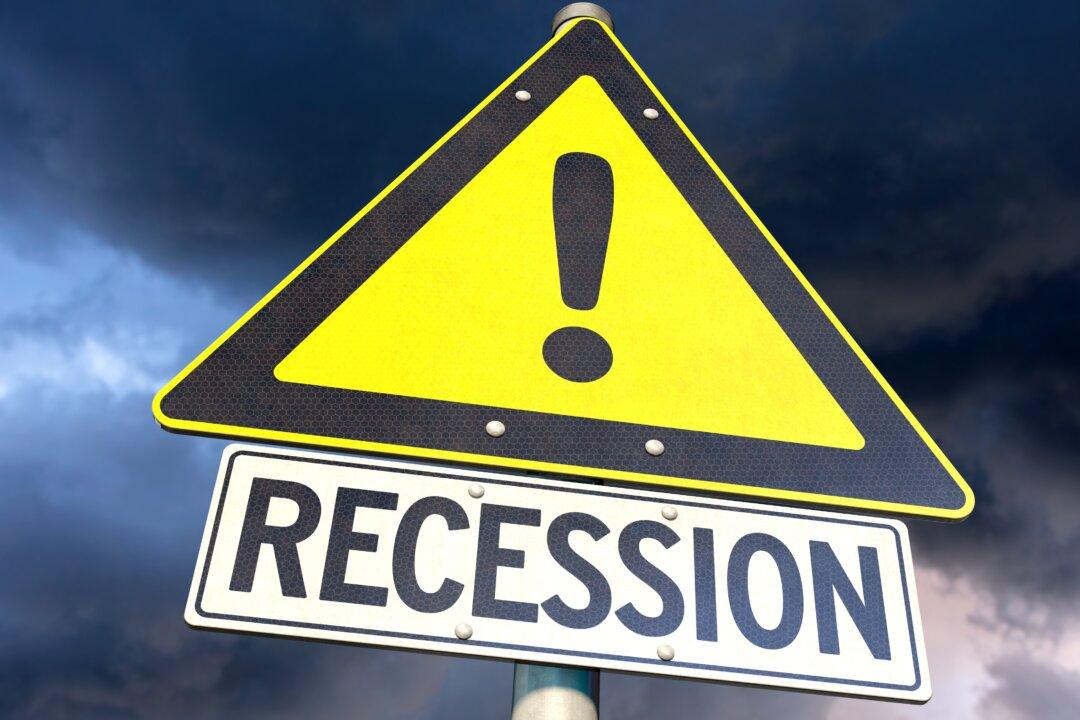Commentary
It began in Australia when its central bank publicly and clearly stated its quandary. Consumer prices are rising too quickly there as elsewhere, yet more and more it appears as if those prices are leading the country, like the rest of the world, into dark recession.





